Admire the fascinating comparison of gold vs silver, two iconic metals cherished in jewelry and investment. This article delves into their unique properties, benefits, and how they can enhance your collection or portfolio, sparking your curiosity about their true value.
Exploring the Composition of Gold and Silver
When comparing gold and silver, the composition of each metal plays a crucial role in their applications and overall value. Both metals possess unique properties that influence everything from their use in jewelry to their investment potential.
The Fundamental Properties of Gold
Gold is a noble metal with unique properties, including excellent resistance to corrosion and a high malleability that allows it to be shaped into intricate designs. Its atomic structure contributes to a variety of alloys, enhancing its characteristics for different uses, particularly in fine jewelry.
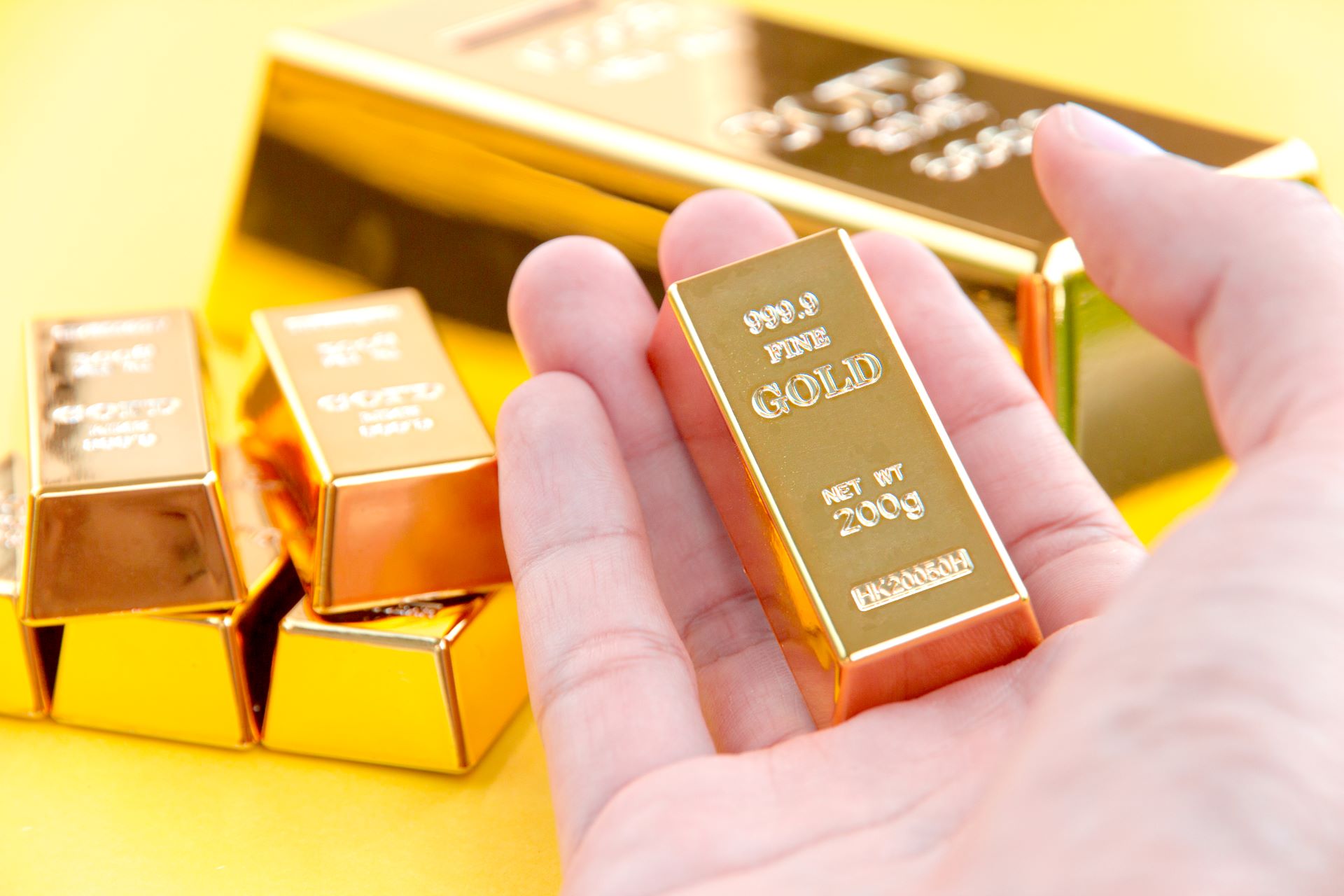
The purity of gold is often denoted in karats, with 24K representing pure gold. This level of purity is ideal for those seeking investment-grade gold, ensuring minimal metal alloys that could weaken the overall structure.
The Essential Traits of Silver
Silver, on the other hand, is typically less expensive and more abundant than gold. Its composition allows for better electrical conductivity and thermal conductivity, making it an excellent choice for various industrial applications, besides its use in jewelry.
When alloyed, such as in sterling silver (92.5% silver), it offers durability while retaining a notable aesthetic appeal. This balance makes it a favorable option for both decorative and practical items.
Appearance Differences between Gold and Silver
While both metals are cherished for their beauty, their visual characteristics set them apart significantly. Understanding these differences can greatly influence purchasing decisions for jewelry enthusiasts.
Gold’s Distinct Visual Appeal
Gold is often recognized for its rich, warm tones. The visual allure of gold can draw attention, making it a popular choice for rings, necklaces, and other jewelry pieces that aim to stand out.
Additionally, the various alloy combinations can modify the color slightly, lending unique shades that appeal to diverse tastes and preferences. This versatility enhances the creative possibilities for jewelry designers and collectors alike.
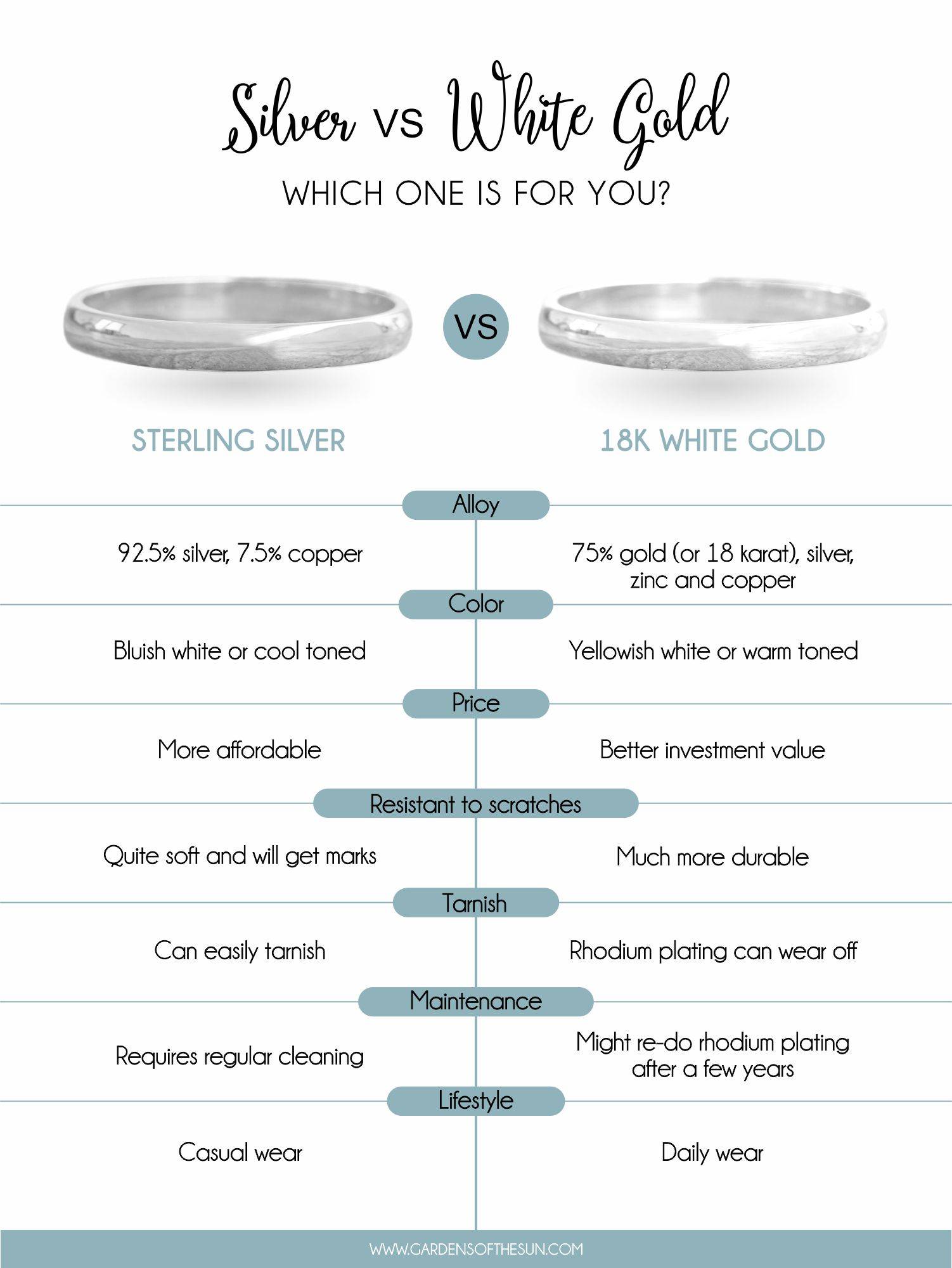
Silver’s Bright and Reflective Quality
Silver boasts a bright, reflective quality that captures light beautifully. Its sheen and polish can create an eye-catching effect, making it a preferred choice for more modern and contemporary jewelry designs.
When considering silver pieces, one must also be aware of maintenance needs, as it is prone to tarnishing. Understanding how to care for silver can ensure its lasting beauty.
The Price Point: Gold versus Silver
Price is a significant factor in the gold vs silver debate, with each metal presenting distinct financial considerations for consumers and investors.
Evaluating the Cost of Gold
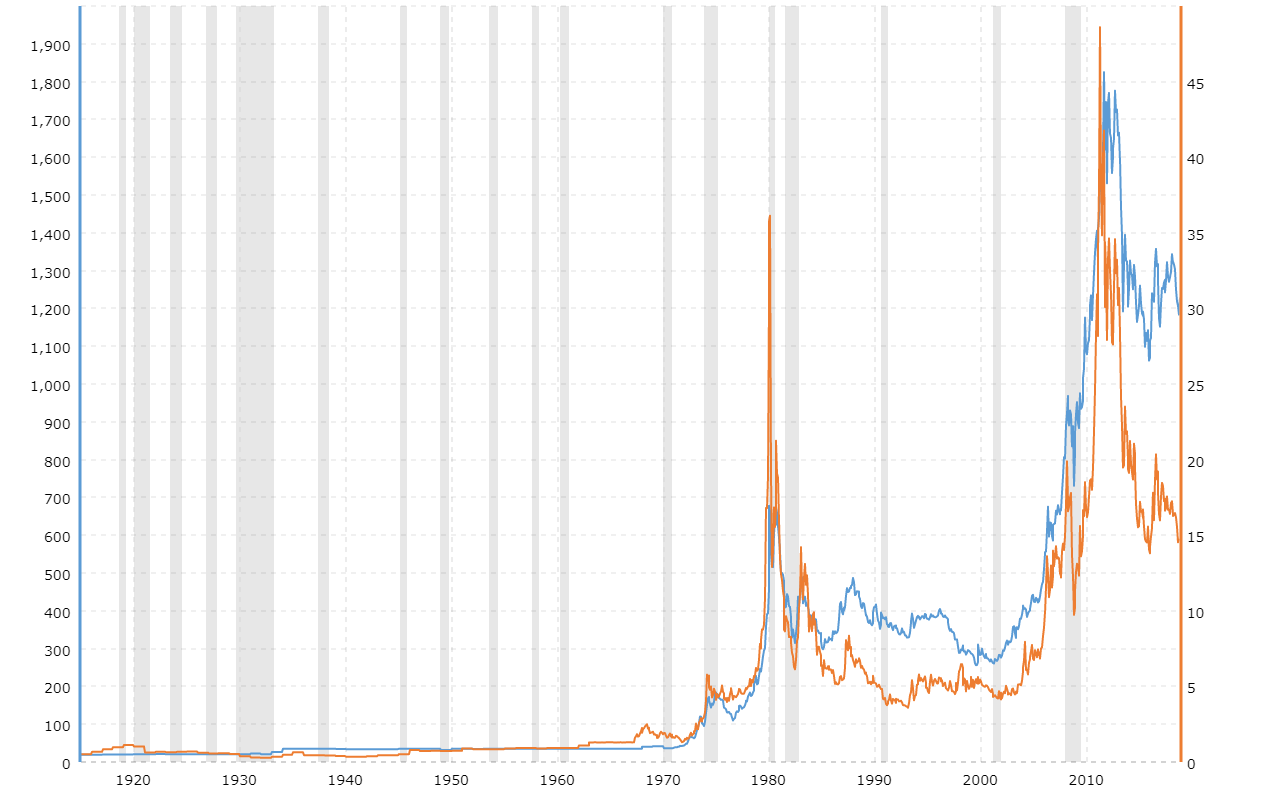
Gold typically commands a higher price due to its rarity and the intricate processes involved in mining and refining. As a result, purchasing gold jewelry often represents a considerable investment.
Additionally, market fluctuations can greatly affect gold prices, making it essential for buyers to stay informed about current market trends before making a purchase.
Understanding the Economics of Silver
In contrast, silver is more affordable, which can make it an attractive option for those looking to build a jewelry collection without breaking the bank. Its lower price point does not deter from its desirability or practical applications.
However, potential buyers should keep an eye on silver market trends, as prices can also fluctuate significantly based on economic conditions.
Maintenance Requirements for Both Metals
Proper maintenance is vital for preserving the beauty and value of jewelry made from both gold and silver. Each metal necessitates different care strategies to ensure long-term enjoyment.
Caring for Gold Jewelry
Gold generally requires minimal maintenance due to its resistance to tarnishing. Regular cleaning with a soft cloth can help maintain its shine and remove any residue.
For those with intricate designs or embedded stones, it may be beneficial to consult a professional jeweler for periodic cleaning and maintenance to keep the jewelry in its best condition.
Keeping Silver Jewelry in Great Condition
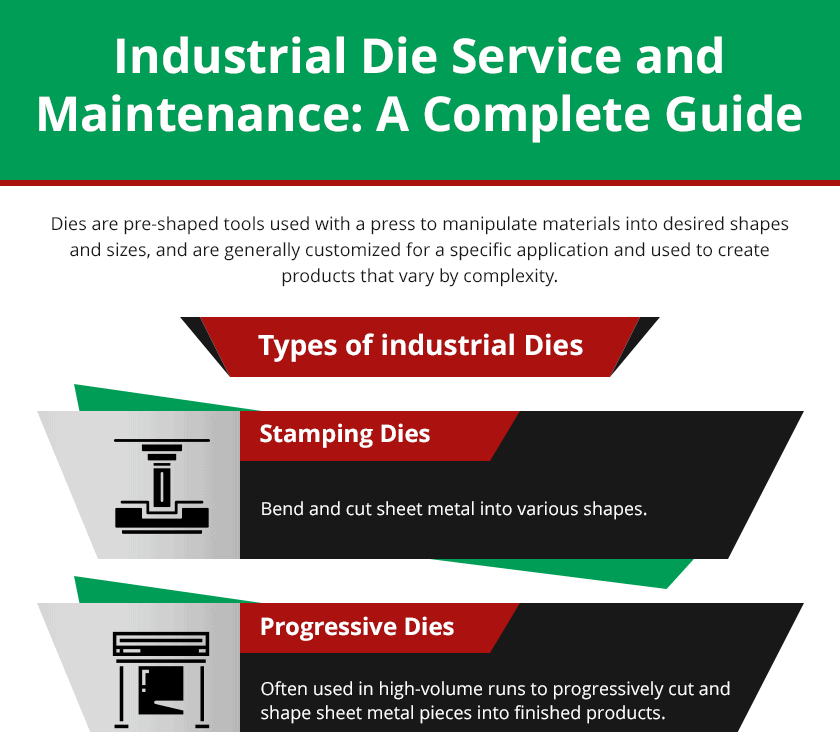
In contrast, silver jewelry requires more attention to avoid tarnishing. It’s advisable to store silver in a cool, dry place, and use anti-tarnish cloths for cleaning.
Engaging in regular cleaning habits will prevent the buildup of tarnish and preserve the lustrous appearance of silver pieces, ensuring they remain attractive for years to come.
Popular Uses of Gold and Silver in Jewelry
Both gold and silver have established themselves as staples in the jewelry industry, each finding its unique place in various contexts.
Gold’s Prevalent Presence
Gold is often favored for high-end jewelry, particularly in engagement and wedding rings, due to its prestige and longevity. Its historical significance also contributes to its status as a sought-after metal for meaningful pieces.
Craftsmen frequently create intricate designs with gold, appealing to consumers looking for luxurious statement pieces that symbolize elegance and sophistication.
Silver’s Versatile Applications
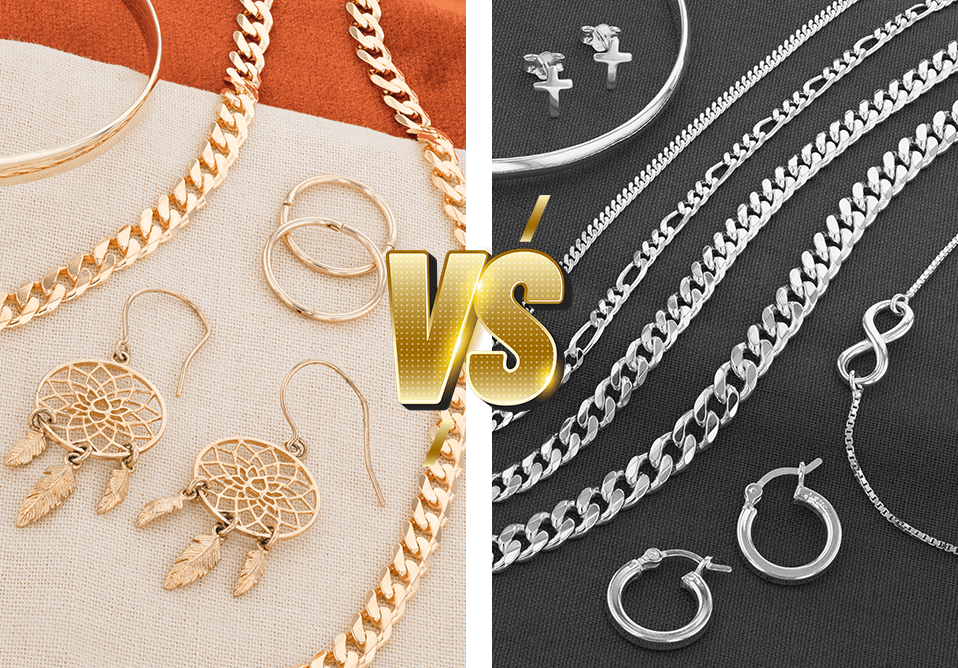
Silver’s versatility allows it to be used in numerous applications, including casual and everyday jewelry, making it highly accessible to a broader audience. From minimalist designs to ornate pieces, silver caters to a diverse range of styles.
Its affordability also enables consumers to experiment with various designs and accessories without the same level of commitment associated with gold.
Considering Allergens and Sensitivities in Gold and Silver Jewelry
Understanding the potential for allergies and sensitivities can significantly impact the choice between gold and silver.
Allergic Reactions to Gold Alloy Components

While pure gold is hypoallergenic, many jewelry pieces incorporate alloys such as nickel, which can provoke allergic reactions in sensitive individuals.
It’s crucial for consumers to inquire about the alloy compositions in their gold jewelry to avoid adverse effects while ensuring comfort during wear.
Silver Alloy Considerations
Similarly, silver jewelry can pose allergenic risks due to the alloying metals used in sterling silver. Nickel is a common component that may trigger sensitivities for some people.
Consumers are encouraged to select nickel-free alternatives or explore fine silver options, which consist of 99.9% pure silver and are less likely to cause skin reactions.
Longevity and Investment: Understanding Value
Both gold and silver serve as functional metals but also as investment opportunities with the potential for appreciated value over time.
Gold as a Timeless Investment
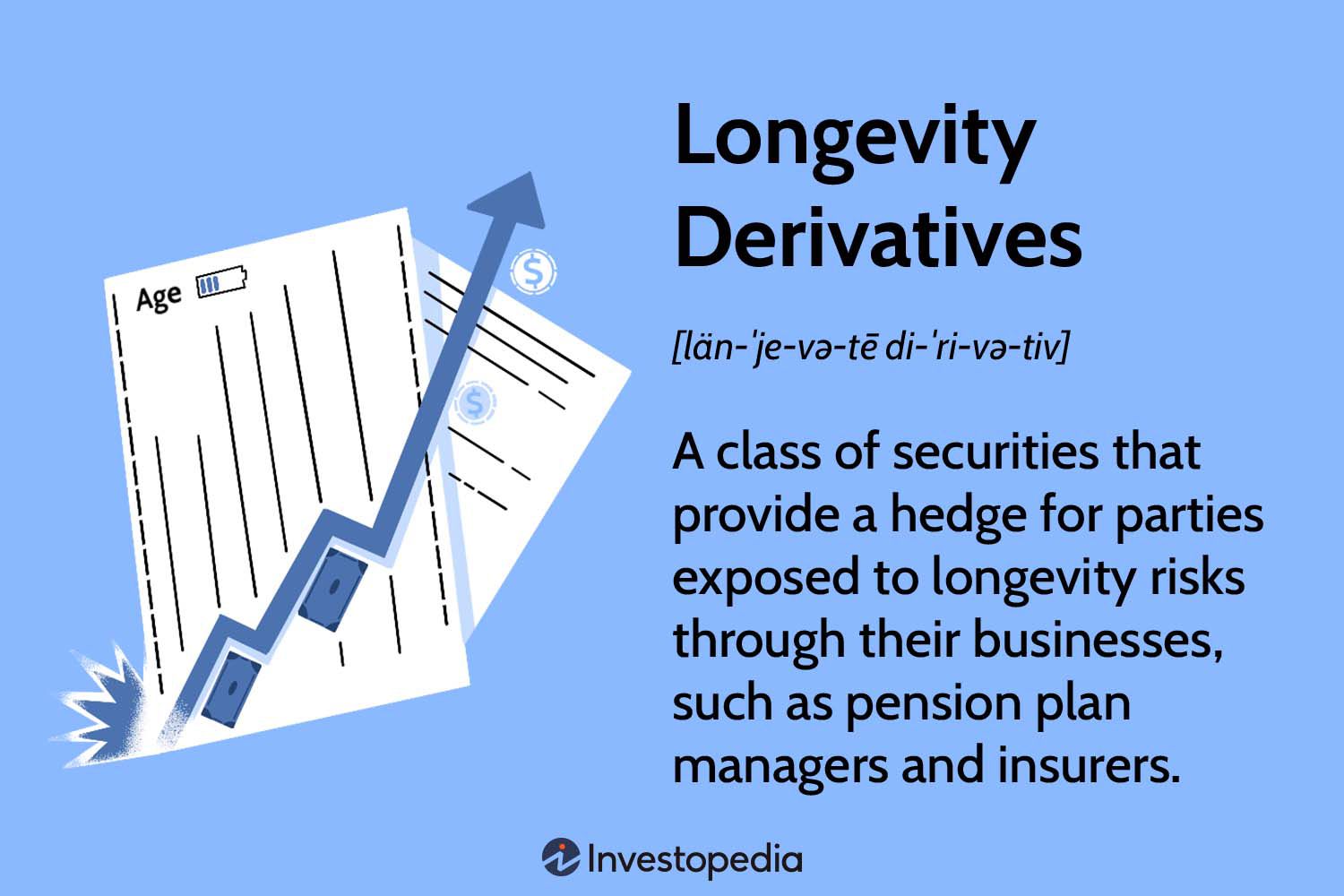
Gold has been historically viewed as a stable investment, often regarded as a safe haven during economic uncertainty. Its enduring value can make it an attractive option for those looking to hedge against inflation.
Investing in gold jewelry or bullion can yield significant long-term benefits, especially with the increasing global demand for this timeless metal.
Silver as a Potentially Profitable Investment
While silver might not carry the same historical weight as gold, it still presents viable investment potential. The lower entry cost associated with silver can appeal to new investors.
Market conditions often present opportunities for appreciation, making it essential for investors to remain vigilant in tracking price movements and industry developments.
The Value for Money: Pros and Cons of Gold and Silver
When evaluating gold vs silver, understanding the pros and cons related to value for money is essential for consumers and investors alike.
The Advantages of Investing in Gold
Gold is often celebrated for its intrinsic value and ability to retain worth over time. Its physical properties allow it to stand the test of time, making it a reliable investment.
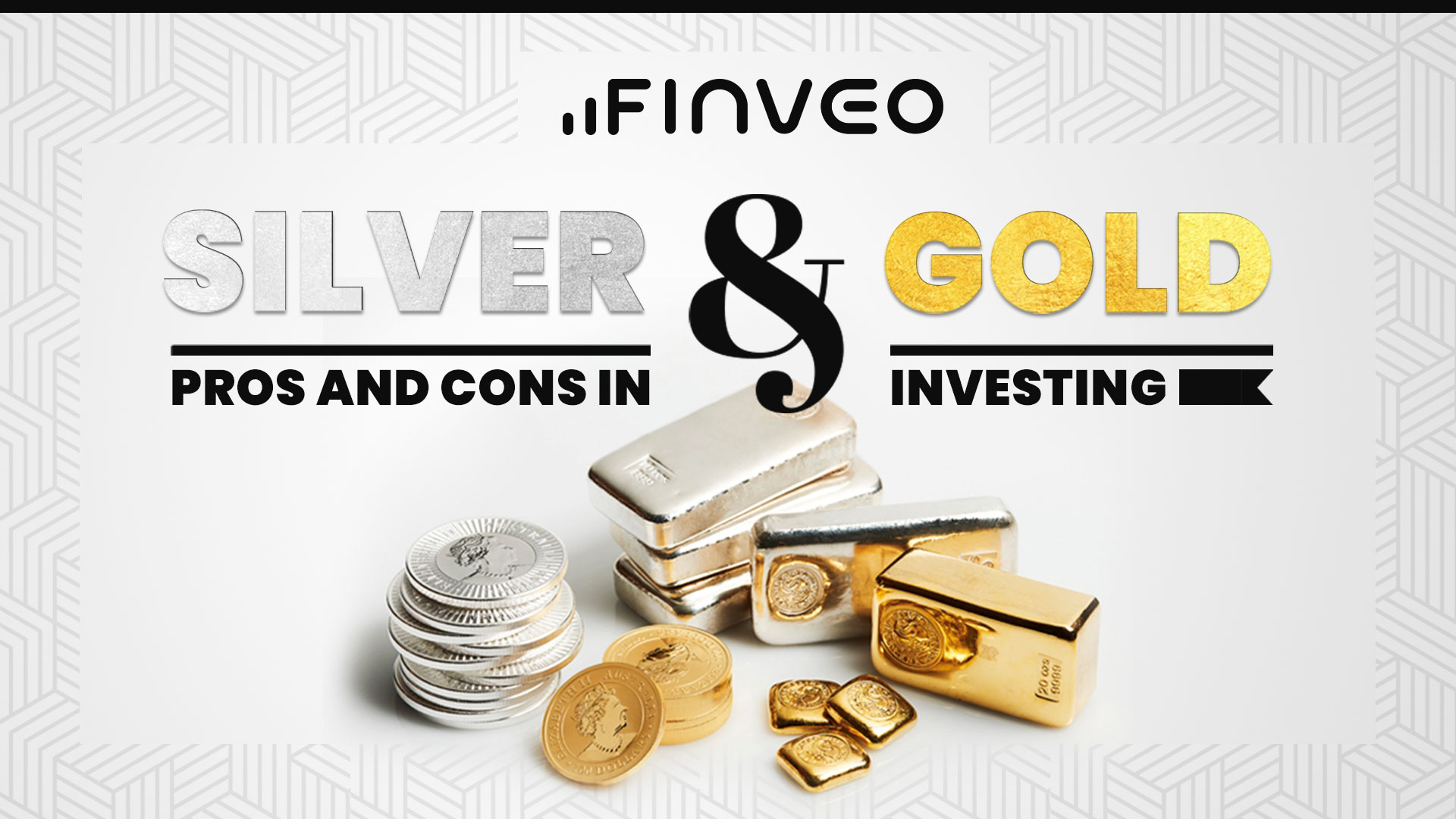
However, potential downsides include higher prices and costs associated with purchasing and storing. Individuals should carefully assess their financial goals before committing to gold investments.
Benefits of Choosing Silver
Silver offers a more affordable entry point for individuals looking to enter the jewelry market or make an investment. Its versatility also allows for a variety of styles and uses in jewelry making.
On the downside, the price fluctuations in the silver market can be more pronounced, potentially affecting the overall value in the eyes of investors. It’s important for buyers to consider their long-term strategy in light of these factors.
Invest in understanding the nuances of gold vs silver to enhance your jewelry collection or investment portfolio. Each metal offers unique benefits and value, allowing informed decisions that can elevate both personal style and financial strategy.
